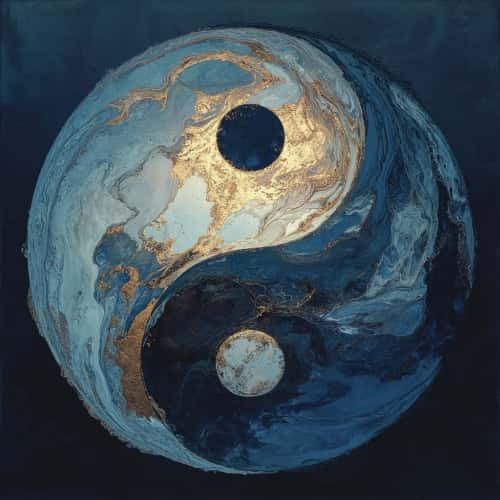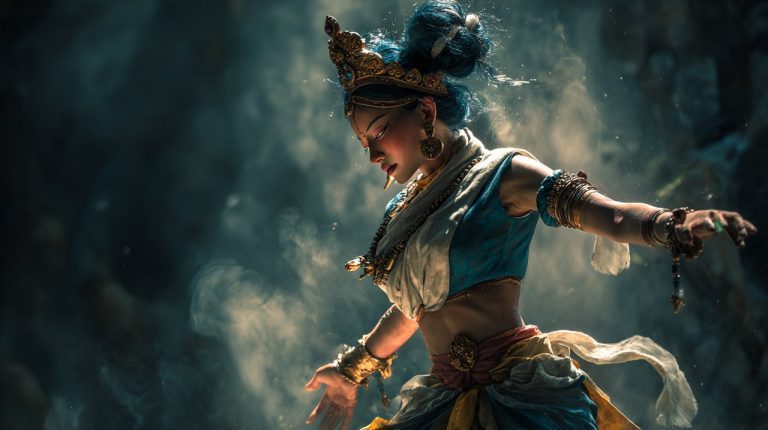Jade’s Spectrum: A Rational Look at Color, Culture, and Consciousness
Hello, I’m Alex Chen, and I’m truly fascinated by how ancient wisdom, like the practice of feng shui, offers profound insights into our modern lives.
Many people view jade purely as an amulet of mystical power. Yet, I believe its true strength lies in something far more tangible: a deep understanding of environmental psychology and positive suggestion. For millennia, jade has been revered across cultures, its diverse colors carefully selected not just for beauty, but for their perceived effects on the mind and environment. This isn’t about magic, but an intuitive grasp of how specific hues can subtly influence our emotional and cognitive states—a concept well-documented in modern color psychology.
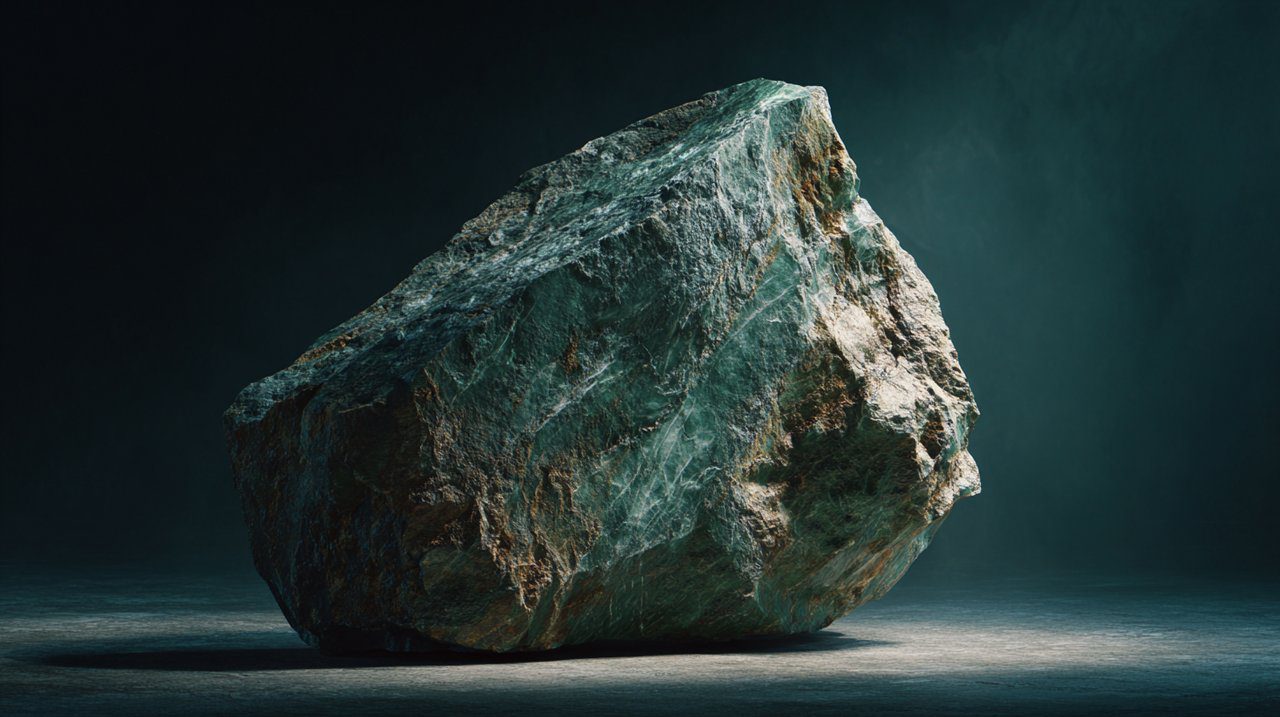
The Allure of Jade: A Cultural Lens on Its Diverse Hues
Jade Beyond Green: Exploring Its Hidden Spectrum
When we think of jade, a rich, vibrant green often comes to mind. Yet, this remarkable stone actually boasts a whole spectrum of colors—from the purest white to the deepest black, and delicate lavender to fiery red.
Each of these hues carries a unique cultural resonance. As I’ve explored, each also has a distinct psychological footprint. Consider it nature’s own emotional palette, offering a specific shade to align with every intention.
A Legacy of Reverence: Jade’s Role in Ancient Societies
Across ancient China, Mesoamerica, and many other cultures, jade was deeply revered. It wasn’t merely decorative; people intricately carved it into tools, ceremonial objects, and even burial shrouds.
It signified profound concepts like immortality, power, and a connection to the divine. This deep cultural integration gave each color layers of meaning, shaping how people perceived and interacted with their world. These associations weren’t arbitrary; they emerged from generations of observation and collective belief, forming a powerful system of cultural anchors. This collective understanding significantly amplifies the stone’s psychological effect, essentially creating a shared mental framework that reinforces its perceived properties, much like how cultural narratives influence our daily behaviors.
Decoding Jade’s Palette: Connecting Colors to Consciousness
Green Jade: Harmony and Renewal
Green jade, perhaps the most iconic, is often linked to nature, growth, and vitality. Psychologically, green is known to evoke feelings of calm, balance, and healing. This isn’t arbitrary; our brains are wired to associate lush green with fertile, safe environments, signaling abundance and tranquility.
So, when we embrace green jade, we’re not just wearing a beautiful stone. We’re giving ourselves a powerful visual reminder of our desire for personal growth and emotional equilibrium. It acts as a grounding force, subtly encouraging us to seek harmony. Imagine holding a piece during a moment of stress; its consistent hue can serve as a non-verbal cue, guiding your focus back to a desired state of balance and well-being.
White Jade: Purity, Peace, and Purposeful Clarity
The serene purity of white jade often symbolizes peace, honesty, and mental clarity. Its clean, unblemished appearance can psychologically encourage a sense of order and focus, much like a blank canvas inspires new beginnings.
For someone seeking to simplify their thoughts or embark on a new, clear-headed journey, white jade can serve as a tangible prompt. Each glance can act as a gentle self-suggestion, encouraging the mind to declutter and embrace purposeful clarity. It’s about priming your cognitive space for focus.
Lavender Jade: Serenity, Intuition, and Inner Wisdom
Lavender jade, with its soft, ethereal hue, is often associated with tranquility, intuition, and inner wisdom. The subtle purple tones can psychologically encourage introspection and a connection to our deeper emotional selves, much like a quiet, contemplative space.
It’s like a gentle whisper, inviting us to trust our inner voice and cultivate serene wisdom. For those navigating complex emotions, holding or wearing lavender jade can become a truly soothing visual anchor, helping to stabilize emotional states through consistent, positive association.
Black Jade: Protection, Grounding, and Resilience
Black jade, with its deep, opaque presence, has long been a symbol of protection and grounding. Its psychological effect is often one of strength and stability, creating a sense of security through visual weight and solidity.
Wearing black jade, perhaps as a bracelet, can serve as a constant, tangible reminder of your inner resilience and personal boundaries. Crucially, it’s not about warding off evil magically. Instead, it’s about actively reinforcing an intentional mindset of self-preservation and fortitude, a form of self-priming for strength.
Yellow/Orange Jade: Joy, Optimism, and Empowered Manifestation
Warm yellow and orange jades radiate joy, optimism, and energy. Psychologically, these colors are known to uplift spirits and inspire creativity, often because they mimic the warmth and brightness of sunlight, a universal symbol of positivity and growth.
These vibrant stones can act as a powerful visual prompt for positive energy, encouraging us to embrace enthusiasm and manifest our goals with confidence. They resonate with the idea of bringing light and warmth into one’s life, serving as a consistent reminder of inner radiance and proactive manifestation.
Red Jade: Vitality, Passion, and Energetic Drive
Red jade, the color of passion and vitality, is a potent symbol of life force and courage. Psychologically, red stimulates energy and drive, often due to its association with primal forces like blood and fire, activating alertness and determination.
While other red gemstones might be associated with love or protection, red jade uniquely emphasizes energetic drive and resilience. It acts as a fiery reminder of our inner strength and resolve, helping to prime us for decisive action and sustained effort.
Intentional Adornment: Choosing and Using Jade for Your Journey
Aligning with Your Needs: A Practical Selection Guide
Think of jade as an intention compass. Which direction do you want your inner world to point today? If you seek calm, perhaps green or white. If you need a boost of confidence, yellow or red might be your ally. This conscious choice then becomes a powerful act of self-affirmation.
This isn’t merely symbolic; it’s an active exercise in cognitive reframing. By intentionally aligning an external object with an internal desired state, you reinforce positive neural pathways and prime your mind for success, leveraging principles seen in habit formation and goal setting.
Integrating Jade: From Meaningful Jewelry to Meditative Spaces
Jade can be integrated into our lives in many forms. Wearing it as jewelry—perhaps a necklace, or a bracelet adorned with patterns like Dzi beads, which carry rich cultural significance—can keep your chosen intention close.
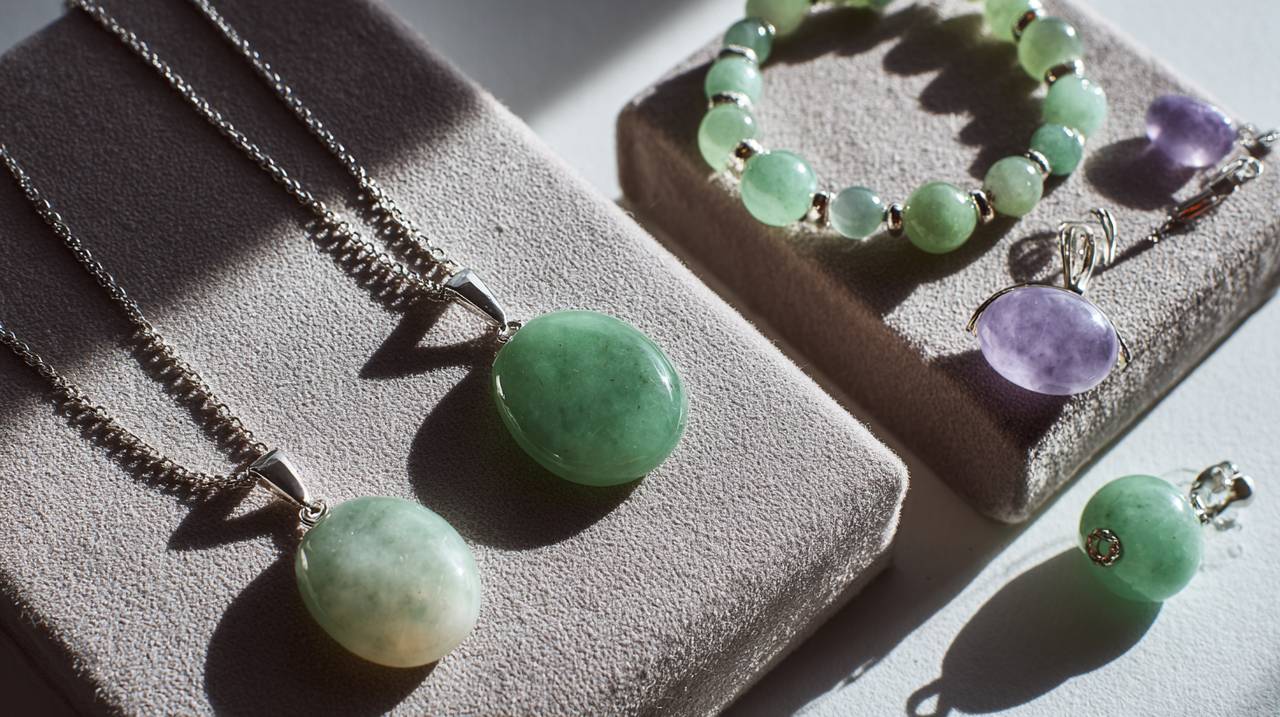
Placing a jade carving in your living space can also create a subtle environmental cue. Its presence serves as a constant, gentle prompt, priming your mind to return to your desired mindset—much like a well-placed reminder note, but with the added depth of cultural and personal significance. These aren’t just decorative items; they are powerful, tangible anchors for your personal goals and aspirations.
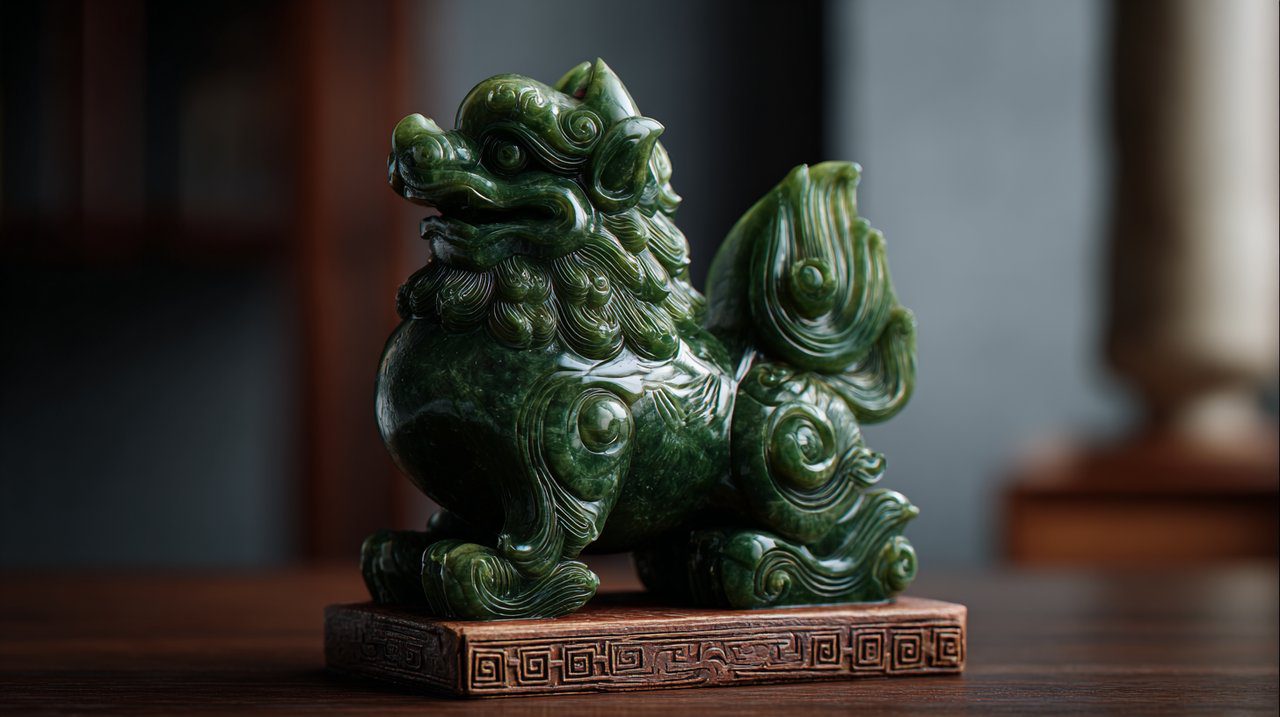
Ultimately, jade offers us a tangible medium to engage with our intentions, shape our inner worlds, and subtly influence our environments. It’s not about magic, but about harnessing the profound power of color psychology to influence mood, focused intention to guide behavior, and deep cultural symbolism to amplify personal meaning.
These elements, when consciously applied, guide us toward a more balanced and conscious life. As Alex Chen, I encourage you to choose your jade not just for its inherent beauty, but for the personal story it tells and the journey it inspires. Find the piece that resonates with your intentions, becoming your unique, personal compass in the fascinating interplay of mind and environment.
💡 Frequently Asked Questions
The article suggests that jade's true strength isn't mystical, but rather stems from a deep understanding of environmental psychology, color psychology, and positive suggestion, acting as a tangible anchor for personal intentions.
Jade boasts a spectrum of colors beyond green. Green jade is linked to harmony and renewal, white jade to purity and clarity, lavender jade to serenity and intuition, black jade to protection and resilience, yellow/orange jade to joy and optimism, and red jade to vitality and passion.
Jade can be integrated by wearing it as jewelry, such as necklaces or bracelets, or by placing jade carvings in living spaces. These acts serve as constant visual reminders of personal goals and desired mindsets, reinforcing intentions.
The article explains jade's influence through three principles: color psychology, where different hues trigger distinct emotional responses; intentional focus, where jade serves as a visual reminder for goals; and cultural resonance, where generations of collective belief amplify its psychological effect.

